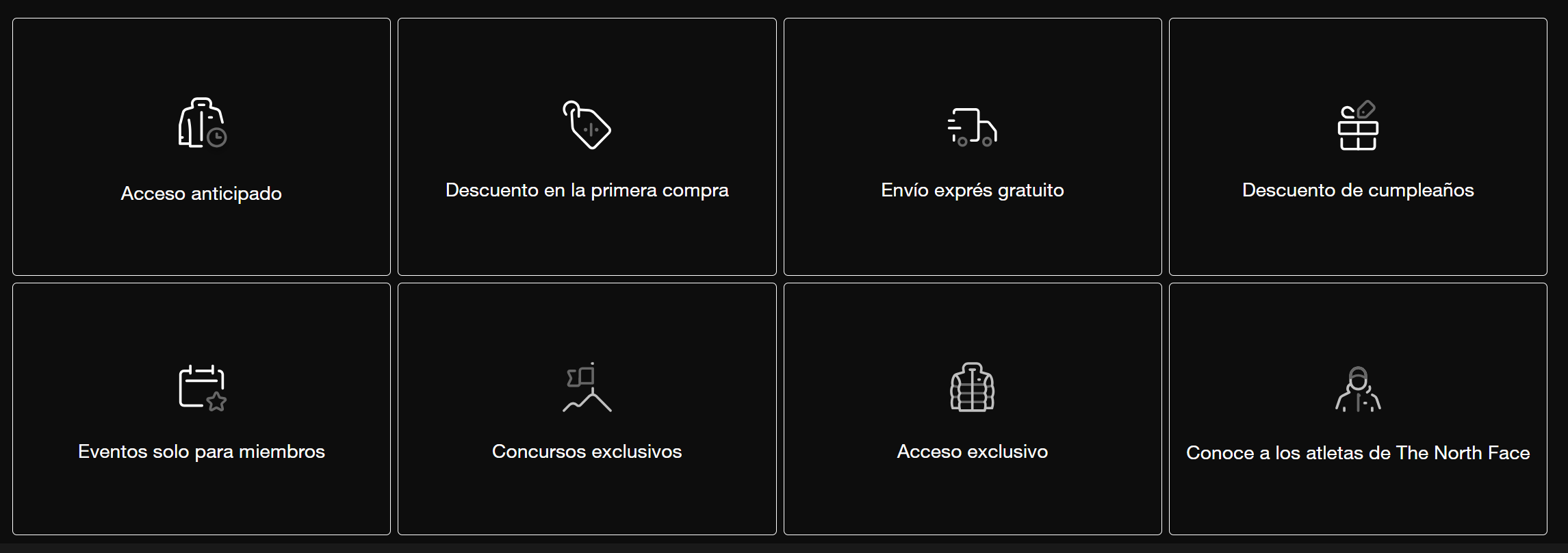Introduction
Customer loyalty is a strategy focused on building and maintaining long-lasting relationships with customers, ensuring their loyalty and preference for a particular brand. The main objective is to secure recurring sales, increase long-term customer value and create brand ambassadors. In addition, building customer loyalty is much less costly than attracting new ones.
Traditionally, loyalty programs have been a key tool rewarding customers for frequent purchases. However, the trend has evolved toward more experience-focused programs that seek to create deeper, more emotional connections with customers.
To achieve this, many companies have adopted relational marketing, which seeks to go beyond transactions. Examples of relationship marketing include personalisation programmes, exclusive experiences and online communities where customers can interact with the brand.
Loyalty programs
Over time, loyalty programs have evolved to better match customer expectations and needs.
Traditional loyalty programs are based on a transactional approach, where customers accumulate points with every purchase they make. These points can then be redeemed for discounts, free products or similar benefits. These types of programs are simple and customers easily understand how to earn and use their rewards. However, one of the main disadvantages is the lack of personalization. These programs tend to treat all customers the same, which can lead to a lack of emotional connection to the brand and cause customers to look elsewhere for better benefits.
Meanwhile, modern loyalty programs take an experiential approach, focusing on delivering unique and memorable experiences that go beyond simple discounts or points. These programs seek to establish a deep emotional relationship with customers, providing rewards that include exclusive access to events, personalized experiences and unique opportunities. This approach not only builds customer loyalty, what is "engagement", but also strengthens their emotional bond with the brand, making them feel valued and special and putting the brand at the forefront of their value scheme.
Experiences play a crucial role in loyalty, according to recent studies, 66% prefer personalized rewards such as concert tickets, while only 34% opt to receive the equivalent money.
As always when we talk about personalization, in order to design a type of experience adapted to each customer and that can attract them, we must start from a thorough knowledge of the customer. Data becomes our main ally. Knowing their interests, motivations, concerns and tastes is important so that the expectation generated by these experiences corresponds to what they are looking for. This is the only way to create effective personalized experiences.
Here are some examples of brands that have successfully implemented loyalty programs focused on unique experiences rather than just discounts.
- Marriott Bonvoy Moments: Offers exclusive experiences such as private cooking classes with renowned chefs or backstage passes to Broadway shows.
- Sephora Beauty Insider: Provides access to exclusive beauty classes and events, allowing members to improve their makeup and skincare skills.
- Red Bull: Its loyalty program offers customers the opportunity to win VIP tickets and participate in these extreme events.
- American Express Unstaged: Through its "Unstaged" program, it offers members exclusive music experiences such as virtual reality concerts, allowing members to enjoy live performances without having to travel.
- NikePlus: Members have access to training classes, sessions with professional athletes and exclusive sporting events, encouraging a healthy and active lifestyle.
Transactional or experiential rewards?
The choice between transactional and experiential rewards in a loyalty program can be complicated. While experiential rewards tend to create a stronger emotional bond with customers, the value of transactional rewards should not be underestimated. The key may lie in combining both approaches, offering a variety of rewards that keep customers engaged, as is the case with The North Face.
The North Face: XPLR Pass
The U.S. brand is a clear and successful example of combining loyalty programs. With transactional benefits, such as early access to new products and discounts on purchases, and exclusive experiences such as multi-sport events with The North Face athletes and preferential access to official brand events.
By launching its loyalty program, the company achieved a 54% increase in traffic to the benefits page and an average of 10,000 downloads/month of its mobile application in 2021.

Conclusion
The evolution of loyalty programs toward more experiential approaches reflects a continued quest by brands to establish deeper, more emotional connections with their customers. While traditional transaction-based programs offer simplicity and clarity in rewards, experiential programs excel at creating unique and memorable experiences that not only build loyalty, but also strengthen the emotional bond with the brand.






